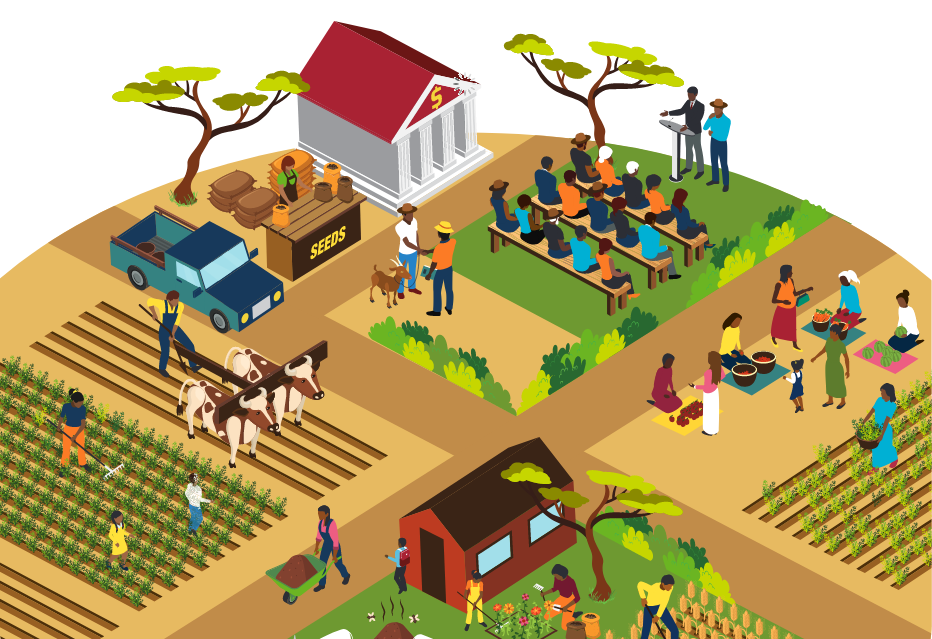Scaling is often interpreted as reaching maximum adoption of a particular technology or practice by as many people as possible. CIMMYT goes beyond the numbers and defines scaling as a process that aims to achieve sustainable change at scale. This means that indeed many should benefit, that results carry over beyond a project context and that communities transform for the better.
The Sustainable Intensification Program leads scaling efforts in CIMMYT in collaboration with the German development agency GIZ. CIMMYT is bringing a scaling perspective to research and development projects as early as possible, to help keeping a focus on what projects actually can and aim to achieve. In addition, ongoing projects are analyzed from a scaling perspective in order to identify opportunities and critical challenges to support the scaling of agricultural innovations.
This approach relies a lot on having the public and private sector drive the scaling process. The emphasis lies on reaching a transformation in agricultural systems rather than having just a project mindset.
A scaling approach can facilitate the development of strategic contributions of sustainable intensification options such as conservation agriculture and water- or nutrient-efficient practices, and contribute to enhance CIMMYT’s partnerships with public and private sectors. Scaling opens the door for more conversations and actions between practitioners, researchers and different stakeholders about system change and sustainable impact in specific contexts.
Objectives
- Scaling has three important dimensions: impact that benefits many people, system change and sustainability.
- Scaling contributes to capacity building and sustainable impact.
The Scaling Scan
The Scaling Scan is a tool, co-created with PPPLab, used with a group of key stakeholders to get a joint understanding of what scaling means in their context, and to identify bottlenecks and strengths.
The full PDF version contains detailed practical information on scaling and how to use the tool. We recommend the Excel sheet to have the average scores and results generated automatically. A condensed, two-page brochure is also available.
The Scaling Scan toolkit is also available in other languages:


